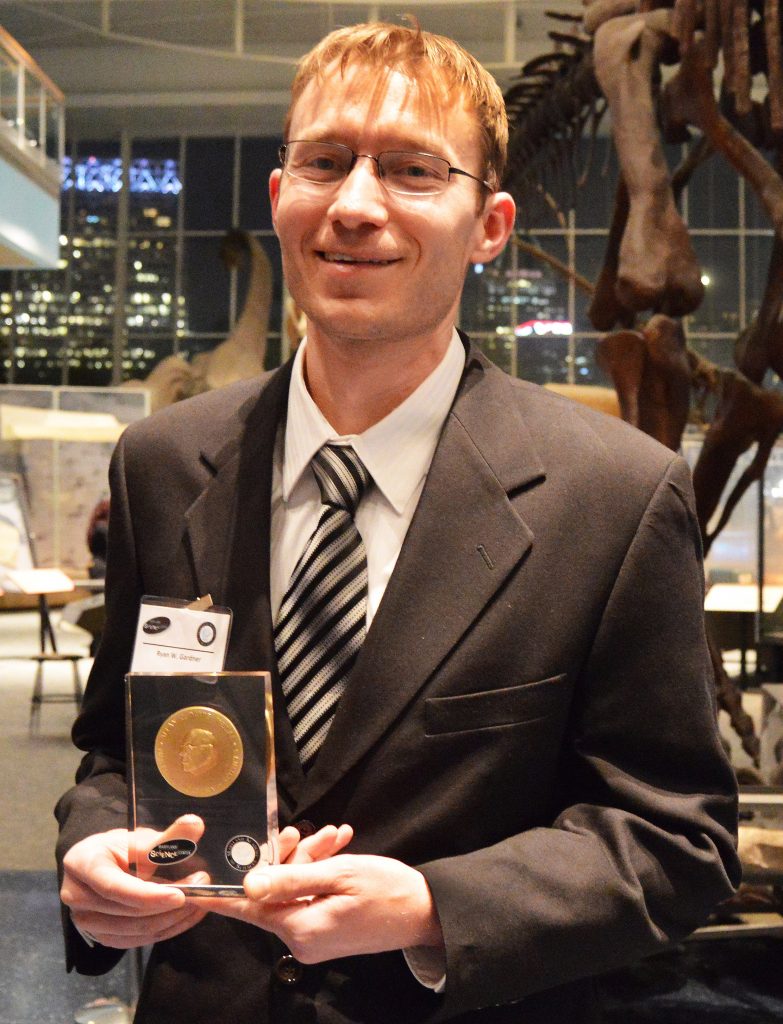
As more aircraft continue to crowd our skies, Ryan Gardner, MSE ’08, PhD ’09, has been focusing on ensuring the effectiveness of the Federal Aviation Administration’s new collision avoidance system.
The new system—Airborne Collision Avoidance System X (ACAS X)—is being developed by several organizations under the FAA to help pilots avoid midair collisions when other safeguards have failed. In some ways, it’s the last line of defense in air safety.
Expected to be operational around 2020, ACAS X uses probabilistic models to calculate potential outcomes more accurately. Its goals: improve safety and, at the same time, increase operational suitability by reducing the number of unnecessary alerts that pilots receive.
Gardner, who is a computer scientist in the Asymmetric Operations Sector at Johns Hopkins University’s Applied Physics Laboratory, is working with a team that is employing formal methods to assess the system’s safety in all possible situations. While most of the team’s work so far has centered on piloted airplanes, its findings will apply to new standards for unmanned aircraft as well.
“Our primary focus is safety more than the operational side,” says Gardner. “Our goal is to verify that the new system does what it’s supposed to do.”
The Maryland Academy of Sciences recently presented Gardner with the 2016 Outstanding Young Engineer Award, in part for his work on ACAS X.




